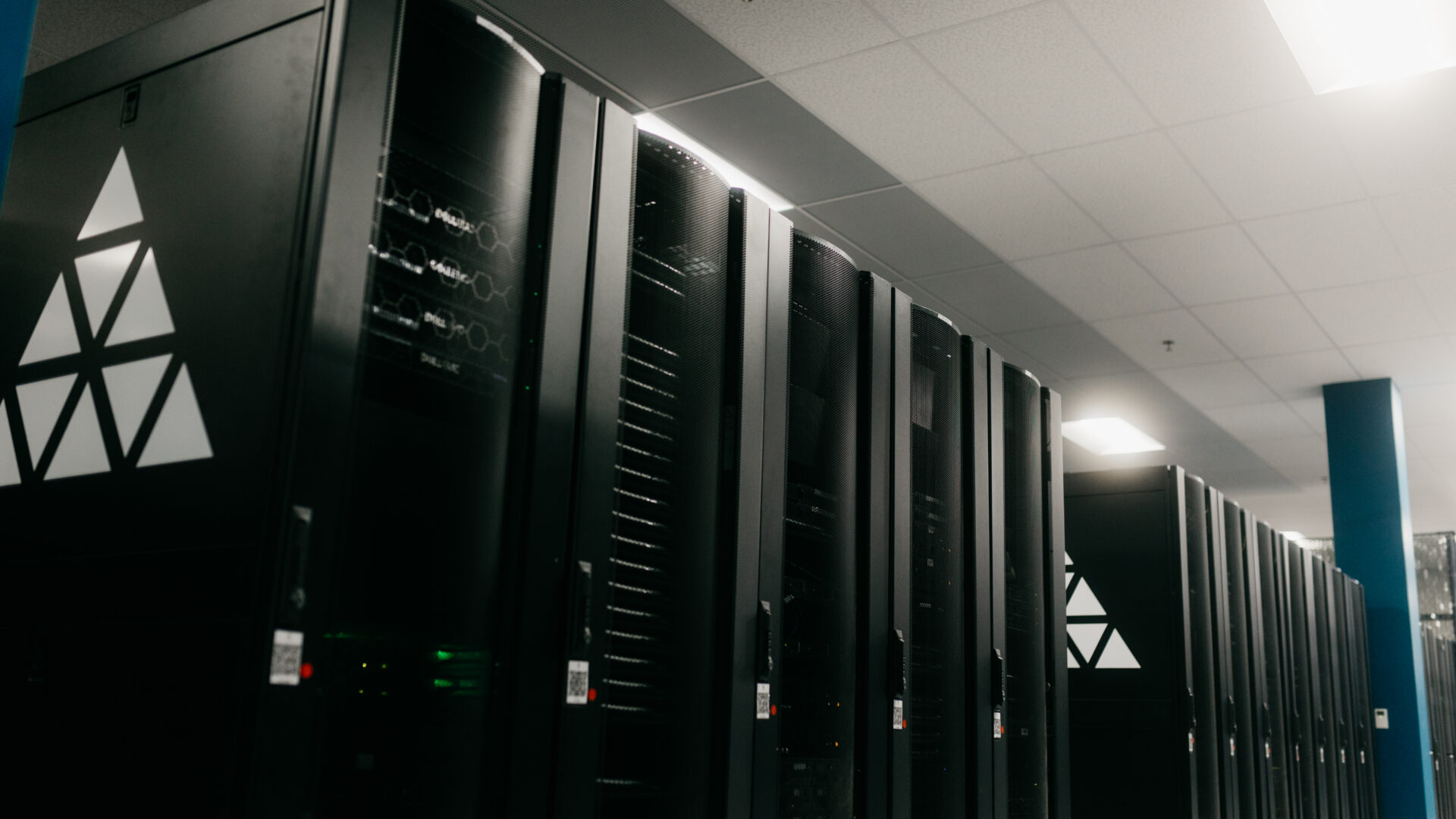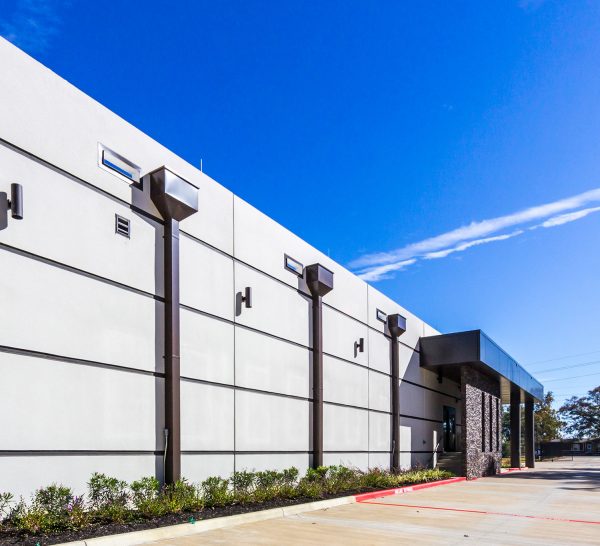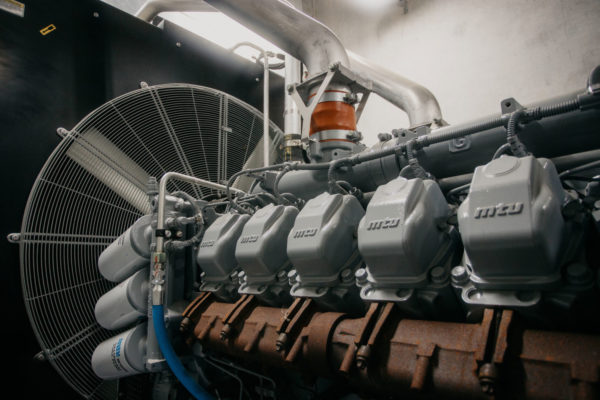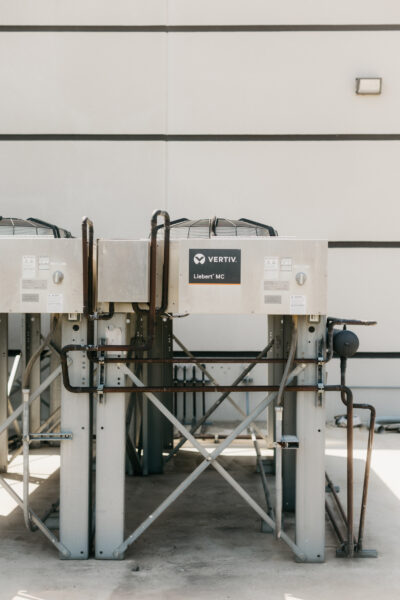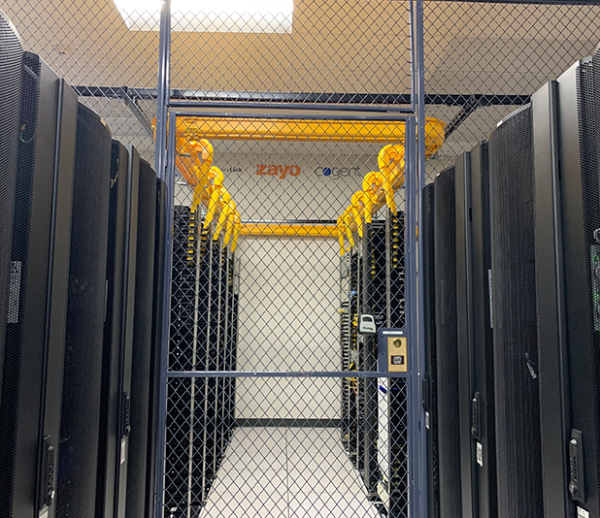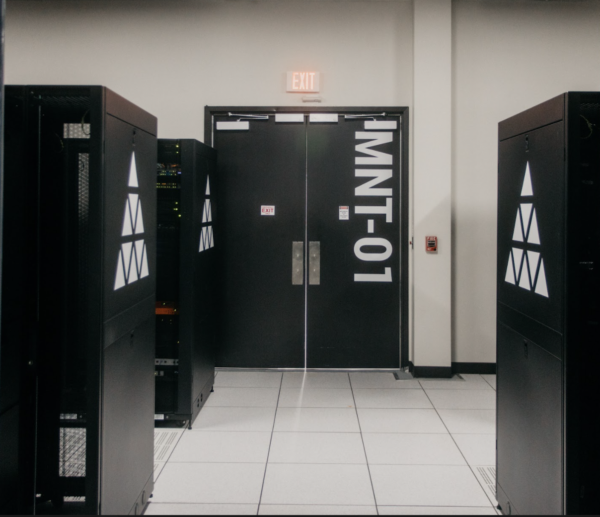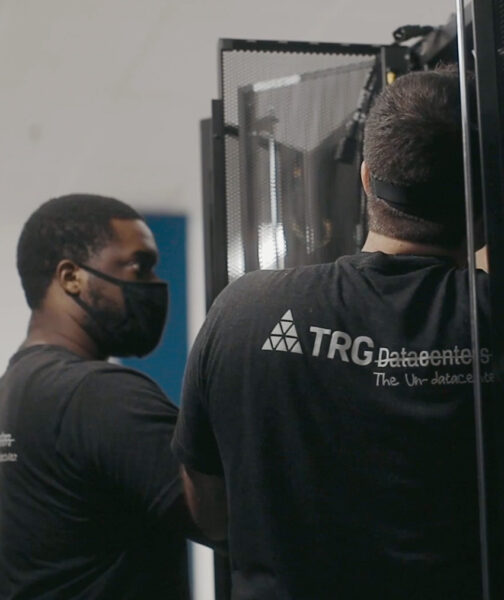If you’re leasing rack space in a colocation data center, your power allocation is one of the most important parts of the contract. It dictates how much equipment you can run, how much performance you can push, and how reliably your setup will operate. When you underprovision power—either by accident or in an attempt to save on monthly fees—you’re taking a gamble. And when you run consistently above the 80% capacity threshold recommended by NEMA, the odds start turning against you.
The 80% Rule Isn’t Arbitrary
What is the 80% rule and when is it used? In a typical colocation setup, power circuits are rated by their maximum capacity. A 20A circuit, for example, technically supports up to 20 amps. But NEMA recommends using only up to 80% of that rating for continuous loads. That’s not just an engineering suggestion—it’s based on electrical safety standards. Once you cross that line, you’re operating in a range where heat, inefficiency, and risk increase.
Running above 80% doesn’t mean instant failure, but it does mean the margin for error is gone. There’s no buffer. Any spike, even a small one, could trip a breaker. And in a shared data center environment, that kind of failure can cascade. You’re not just affecting yourself—you’re stressing the infrastructure that supports other clients too.
Why Underprovisioning Happens
Most colocation clients don’t underprovision on purpose. It usually happens because you underestimated the power draw of your gear. Maybe you based your provisioning on vendor specs, not real-world usage. Maybe you thought you’d be running at low to moderate load most of the time. Or maybe you expected fewer servers or smaller workloads.
Whatever the reason, if you’re now operating beyond the safe power threshold, you’re boxed in. Adding more hardware isn’t an option. Scaling up compute means increasing risk. And staying put means living with instability.
Warning Signs You’re in Trouble
The problems start quietly. You may see a spike in heat from certain racks. Fans stay at higher speeds. Power monitoring tools might show sustained loads above 85% or 90%. One day, a breaker trips during a normal workload burst. You reboot, everything comes back up, and you treat it as a fluke. But it’s not. That’s the sign your power provisioning is too tight.
You might even catch pushback from your provider. Some colocation providers actively monitor power draw and will notify or penalize clients who routinely exceed thresholds. If you’re pulling more than you’re contracted for, you’re also creating operational strain for the facility. They designed their upstream infrastructure around everyone staying within limits. When you don’t, you compromise the balance.
The Cost of a Trip – More Than an Outage
Let’s say your circuit does trip. Now you’re in live recovery mode. All the gear in that rack goes dark. It’s not a graceful shutdown. Storage arrays, servers, switches—everything cuts off at once. If you’re not on dual power feeds (or you’re overloading both), your redundancy just failed. Depending on how your systems are built, this can lead to corrupted data, broken applications, and an extended outage while you bring everything back online.
Even if you recover cleanly, your reputation might not. If clients or customers experienced downtime because your infrastructure was unstable, that’s hard to walk back. Internally, your team spends hours recovering from something that was preventable. It’s wasted time and risk, all because the power budget was too tight.
No Room to Scale Infrastructure
When you’ve underprovisioned power, adding anything becomes a question mark. Want to install a new blade chassis? Can’t do it. Looking to expand your database cluster? Not without hitting the limit. Even a modest upgrade—like swapping in higher-wattage CPUs or GPUs—might push you into the red.
You’re effectively capped. The physical rack space may still be there, but it’s useless without power. That’s a frustrating place to be, especially when workloads grow or performance needs increase. You either risk tripping the circuit or you start looking for creative workarounds that add complexity and reduce reliability.
Cooling and Power Go Hand in Hand
When you draw more power, you generate more heat. That increases the load on the data center’s cooling system, which is usually tuned to expected power usage per rack. If you’re consistently over that usage, the cooling around your area may not keep up. Hot spots can develop. Your servers start running hotter, which shortens their lifespan and increases the chance of failure.
This is also where things get tense with the colocation provider. If your power overdraw starts creating heat that affects neighboring clients, you’re no longer just dealing with your own infrastructure. Now your setup is creating risk for the facility and everyone around you. That gets noticed.
The Conversation You’ll Eventually Have
At some point, the colocation provider will reach out. Maybe they’ve noticed sustained overdraws. Maybe your gear caused a trip. Maybe their power monitoring flagged you during a routine check. Either way, the conversation goes one of two ways.
Option one: you agree to move to a higher power allocation. That may mean switching circuits, adding a second feed, or upgrading your rack contract. It comes at a cost, but you buy headroom and get back on safe ground.
Option two: they ask you to reduce load. If you can’t, and won’t upgrade, you’re stuck. They may enforce usage limits, throttle your feed, or ask you to remove gear. It’s not personal—it’s infrastructure protection. Either way, your flexibility is gone.
Planning Power the Right Way
As a colocation client, you should be planning power based on actual load, not nameplate values or theoretical usage. Run real benchmarks. Measure actual draw under peak load, not idle. Look at worst-case scenarios, not average conditions. And always give yourself room to grow. Provisioning 80% of what you think you’ll need isn’t enough if your estimates are off.
Dual power feeds are critical. Not just for uptime, but for load balancing. Split your draw intelligently. Monitor it regularly. If you’re getting close to your limits, act before something fails. It’s much easier to schedule an upgrade than it is to recover from a blackout.
Underprovisioning, Not Worth the Risk
Underprovisioning power in a colocation rack creates slow, compounding risk. It limits your growth, strains your hardware, and puts your uptime at risk. Running above 80% of rated capacity isn’t just a safety issue—it’s a warning that your environment is out of balance. If you’re in this position now, the right move is to step back and reassess. Upgrade, rebalance, or re-architect your deployment. The sooner you do it, the less it costs—and the less likely you are to be explaining an outage you could’ve avoided.
Request Your Free Data Center Assessment Today
